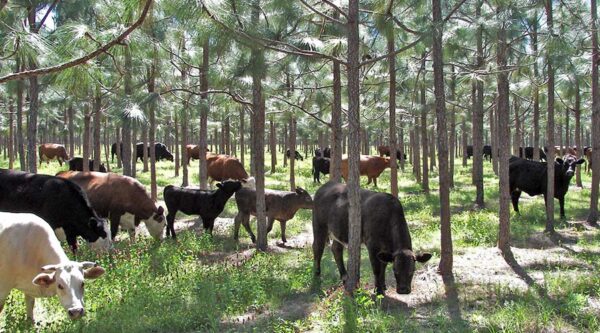In its first progress report on EU climate policy published in January 2024, the newly-established European Scientific Advisory Board on Climate Change noted that there is no EU-level price on emissions in agriculture/food, forestry and land use, which suffer from an overall lack of incentives to reduce emissions and increase removals. It recommended that the EU should start preparations now with a view to expanding the pricing regime of EU GHG emissions to all major emitting sectors, including agricultural/food and LULUCF, through a legislative proposal for after 2030.
In November 2023 the Commission published an exploratory study investigating ways to price GHG emissions from agricultural activities along the agri-food value chain and how this could be accompanied by providing farmers and other landowners with financial incentives for climate action.… Read the rest





